The transition to an electric bus system is not simply about purchasing new buses, but also includes the development of charging stations, operations, maintenance and driver training. Therefore, this transition requires a comprehensive and synchronous policy.
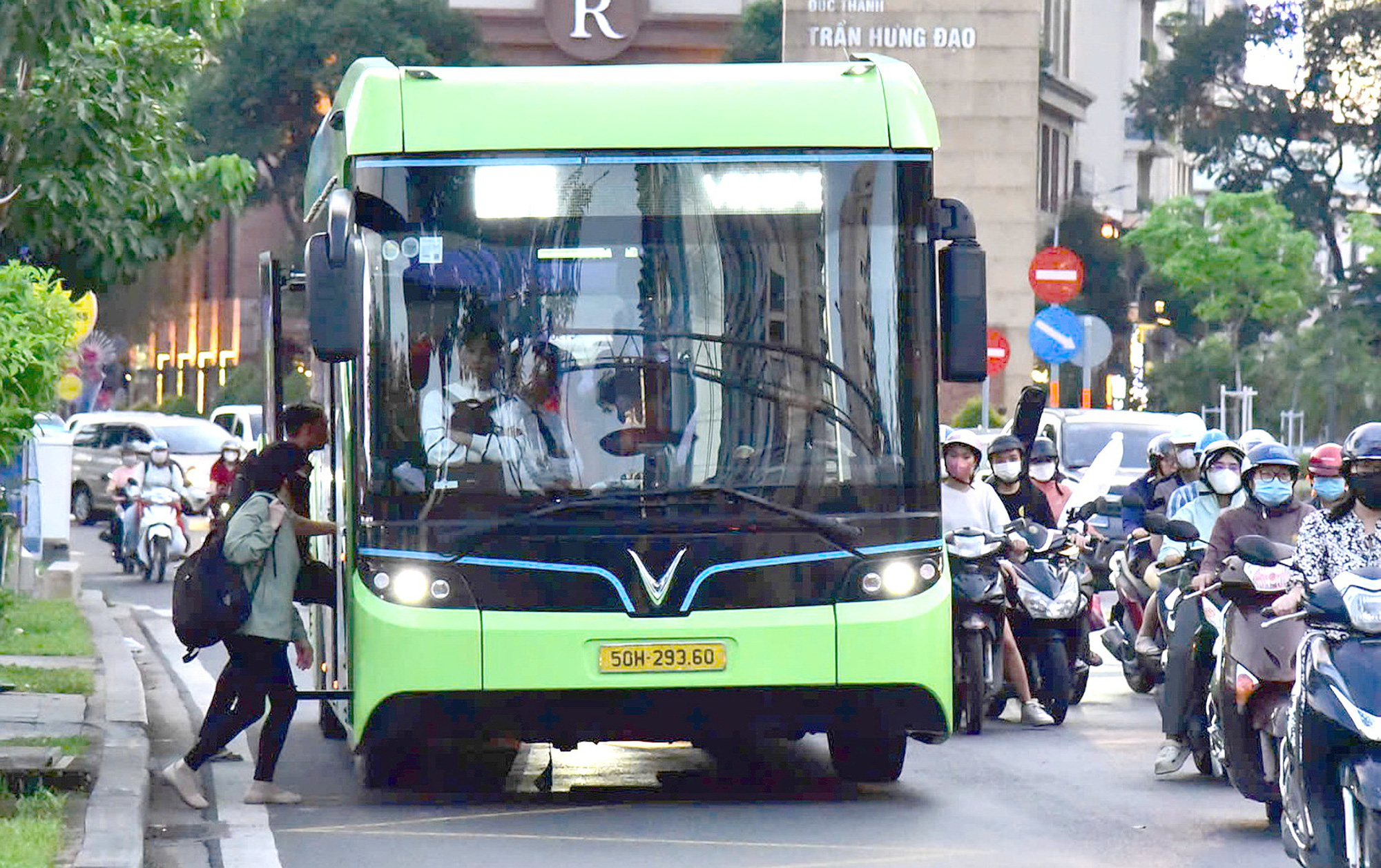
Electric buses on Ton Duc Thang Street (District 1, Ho Chi Minh City) - Photo: TRI DUC
The green energy transition in transportation from now to 2030 in Vietnam will mainly focus on the road sector.
Mr. KHAT VIET HUNG
Mr. Khuat Viet Hung - Director of the Institute of Transport Strategy and Development (Ministry of Transport) - affirmed this when talking to Tuoi Tre about the story of green energy conversion, reducing carbon and methane emissions in the transport industry.
Mr. Hung said: This transformation requires a specific transformation roadmap, combined with the selection of appropriate technology and financial models. Pilot implementation and upgrading of infrastructure in each phase to ensure the transformation process takes place smoothly and reasonably.
* Up to now, how has the Prime Minister's Decision 876 related to the Green Transformation Program to reduce carbon and methane emissions been implemented by ministries, branches and localities after two years, sir?
- Up to now, the Ministry of Transport, the Ministry of Construction and 59/63 provinces and cities have issued plans to implement the action program and have organized implementation. The remaining four localities, Hanoi, Ho Chi Minh City, Bac Ninh and Khanh Hoa, have not yet issued plans.
In particular, Hanoi and Ho Chi Minh City have large population size, number of vehicles as well as traffic volume and density, so they require more elaborate and thorough research to be able to come up with a feasible roadmap before implementation.
After reviewing, in September 2024, the Ministry of Transport reported to the Prime Minister, clearly stating a number of difficulties in implementing Decision No. 876.
Accordingly, zero net emissions is a new issue for countries in general and Vietnam in particular. Therefore, the process of building implementation plans of ministries, branches and localities is still confusing.
* What are those "confusions", sir?
- Building a roadmap and implementation plan for a period of nearly 30 years (2022 - 2050) requires feasibility, which is a difficult task. Therefore, some sets of proposals do not develop specific activities for assigned tasks.
In addition, nine localities have proposed a roadmap for converting to electric vehicles that is different from the roadmap in Decision 876. Four localities proposed to postpone the time for replacing 100% of buses and investing in new electricity and green energy to "after 2025" instead of "from 2025".
In particular, 28 localities have not yet identified specific programs and tasks to be implemented in their local plans.
* So have localities developed incentive policies to encourage people and businesses to switch to electric vehicles?
- Because the action program has only been implemented for more than two years, the tasks of developing preferential policies to encourage enterprises producing and trading vehicles and organizations and individuals using vehicles to switch to producing, distributing and using vehicles and equipment using electricity and green energy are still in the process of implementation.
Green energy transition includes investment in vehicle innovation, planning and investment in completely new energy supply infrastructure, requiring large investment resources.
However, except for policies to convert all inner-city buses in Hanoi and Ho Chi Minh City, policies to support the conversion of vehicles and infrastructure are still under construction and not ready for people and businesses to implement.
In addition, technical standards on charging stations, charging equipment, requirements for connecting charging station infrastructure systems as well as electricity price mechanisms for electric vehicles (via charging stations) are still not sufficient to deploy investment in developing local electric charging stations.
* In addition to the requirement to be proactive and actively implement, what do you think localities need to accelerate the transition to green energy?
- Due to the market size and technological readiness, the green energy transition in transport from now until 2030 in Vietnam will mainly focus on the road sector. The opportunity for railways is also huge due to the readiness of electrified railway technology as well as hydrogen locomotives.
However, implementing and realizing the green energy transition to achieve net zero emissions in Vietnam by 2050 requires huge resources in terms of finance, technology and human resources as well as important accompaniment, cooperation and support from international partners.
In addition to requiring localities to proactively implement, there needs to be sufficient and effective support from central ministries and international organizations to enhance local capacity not only in terms of finance, technology, and human resources, but also in terms of experience and implementation organization models.
* Many people realize that we should use electric vehicles and clean energy vehicles to protect the environment. Why is it so difficult to implement in practice?
- Choosing electric vehicles for personal use or public passenger transport is facing many difficulties.
For example, investing in electric buses from China is considered the cheapest with an average purchase price of about 7 billion VND/bus (255kW battery capacity can run 230 - 250km/bus/charge).
With a large-capacity bus produced by VinFast, the price is about 7.4 billion VND. Thus, the price of an electric bus is 4 times higher than that of an average bus and 3.2 times higher than that of a large bus currently used to calculate the current vehicle depreciation unit price in Hanoi and Ho Chi Minh City.
Furthermore, the operating range of public or personal transport depends on the capacity of the electric vehicle battery.
Meanwhile, up to now, there are still no complete legal regulations on planning, standards and norms for building charging station infrastructure, licensing, and management of investment, construction, and installation of electric charging station systems.
* Many countries have attractive support policies to encourage people to switch to electric vehicles. Why hasn't Vietnam applied these policies yet, sir?
- Some countries have introduced policies to support people to switch to electric vehicles. However, policies to directly support people to switch to electric vehicles are not chosen by many governments.
Many countries focus on financial support solutions and market protection for businesses manufacturing electric vehicles and providing charging stations...
In Vietnam, the Government is making great efforts to implement a strategy of balanced and harmonious development of transportation modes, promoting the advantages of each mode in conjunction with the economic and geographical conditions of the country as well as each economic region.
Many countries subsidize and reduce taxes on electric vehicles.
According to Mr. Hung, some countries have introduced policies to support people to switch to electric vehicles. For example, the Thai government has approved a policy package of subsidies and tax reductions for electric vehicles for the period 2022 - 2025.
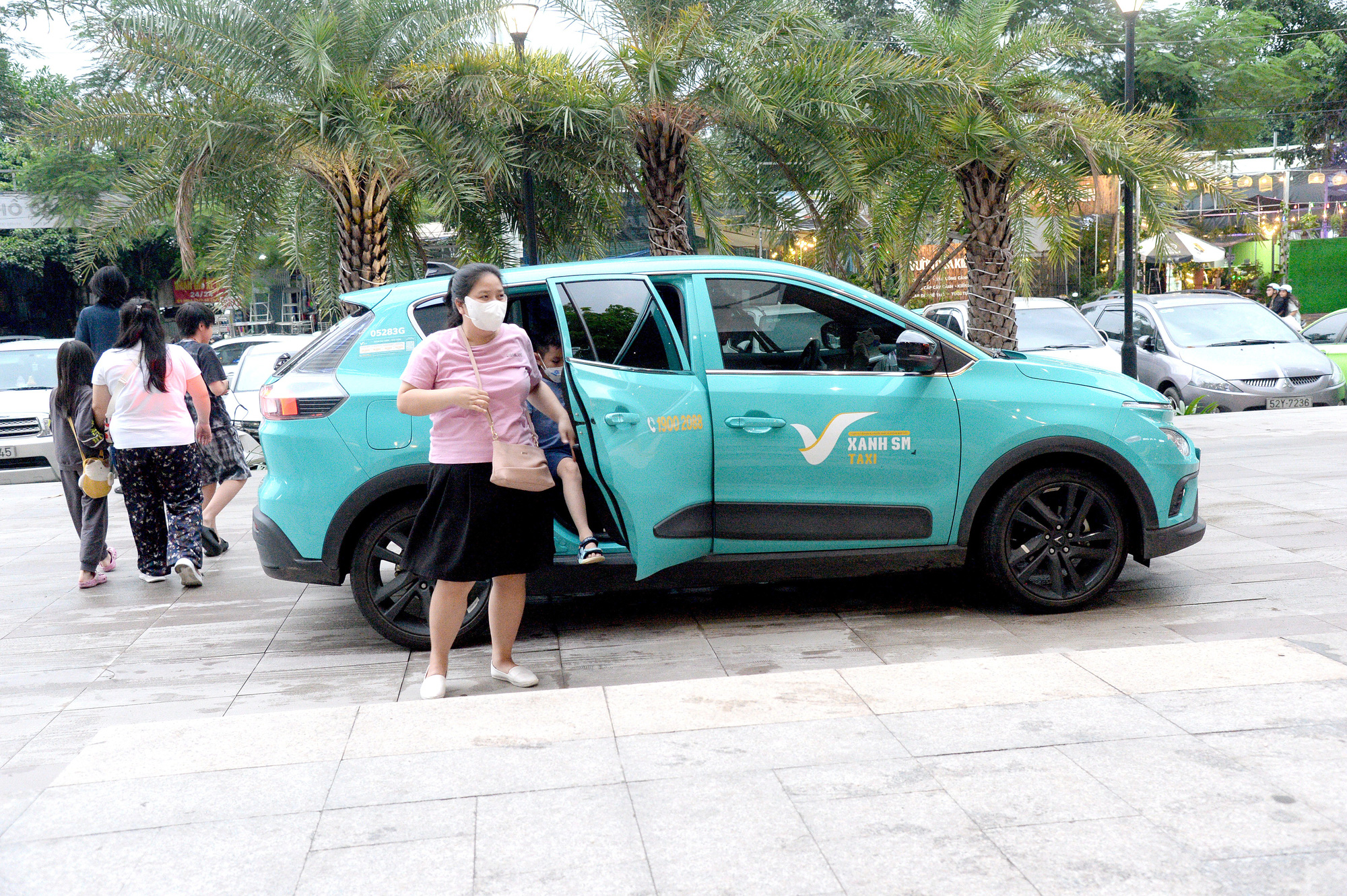
Electric taxi picks up and drops off customers at Aeon supermarket (District 8, Ho Chi Minh City) - Photo: TU TRUNG
Specifically, buyers of BEV (battery electric) vehicles with batteries from 10 - 30kW/h will receive a subsidy of 70,000 baht per vehicle (about 53 million VND), buyers of BEV vehicles with batteries over 30kW/h will receive a subsidy of 150,000 baht per vehicle (equivalent to about 113 million VND).
In Korea, subsidy policies for electric vehicles include: tax reduction of up to 4,200 USD per vehicle, vehicle purchase subsidy of up to 16,400 USD for BEVs and up to 4,300 USD for PHEVs.
Since 2019, electric car users have been subsidized by the government from 350 to 3,000 USD to have a fast charger to replace a slow charger.
Incentives and policies to encourage the development of electric vehicles in North America depend on each state or province. For example, the Canadian provinces of British Columbia and Quebec subsidize the purchase price of personal electric vehicles from 500 to 14,000 Canadian dollars.
In addition, a fixed national incentive of $6,000 Canadian for each personal electric vehicle sold over the next 20 years.
Bringing net greenhouse gas emissions to zero by 2050
In October 2021, the Prime Minister issued Decision 1658/QD-TTg approving the National Strategy on Green Growth for the 2021-2030 period, with a vision to 2050, with the goal that by 2030, the intensity of greenhouse gas emissions per GDP will decrease by at least 15% compared to 2014 and by at least 30% by 2050.
To achieve the goal of green growth, on July 22, 2022, the Prime Minister issued Decision 876/QD-TTg approving the Green Transformation Program to reduce carbon and methane emissions in the transport sector.
The program aims to develop a green transport system towards achieving net zero greenhouse gas emissions by 2050.
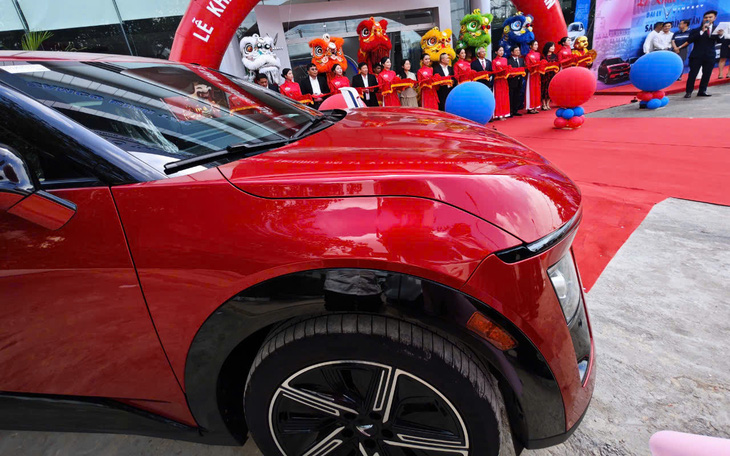 Samco distributes VinFast cars, will produce electric buses
Samco distributes VinFast cars, will produce electric busesSource: https://tuoitre.vn/co-chinh-sach-tot-dan-se-dung-xe-dien-20241105003150133.htm


![[Photo] Close-up of Vietnam's sniffer dog team searching for earthquake victims in Myanmar](https://vstatic.vietnam.vn/vietnam/resource/IMAGE/2025/4/1/d4949a0510ba40af93a15359b5450df2)


![[Photo] General Secretary To Lam receives King Philippe of Belgium](https://vstatic.vietnam.vn/vietnam/resource/IMAGE/2025/4/1/e5963137a0c9428dabb93bdb34b86d7c)
![[Photo] Prime Minister Pham Minh Chinh meets with King Philippe of Belgium](https://vstatic.vietnam.vn/vietnam/resource/IMAGE/2025/4/1/be2f9ad3b17843b9b8f8dee6f2d227e7)
![[Photo] President Luong Cuong and King Philippe of Belgium visit Thang Long Imperial Citadel](https://vstatic.vietnam.vn/vietnam/resource/IMAGE/2025/4/1/cb080a6652f84a1291edc3d2ee50f631)
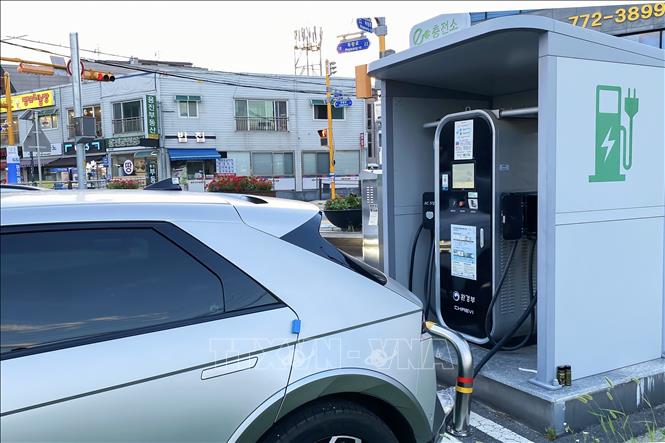



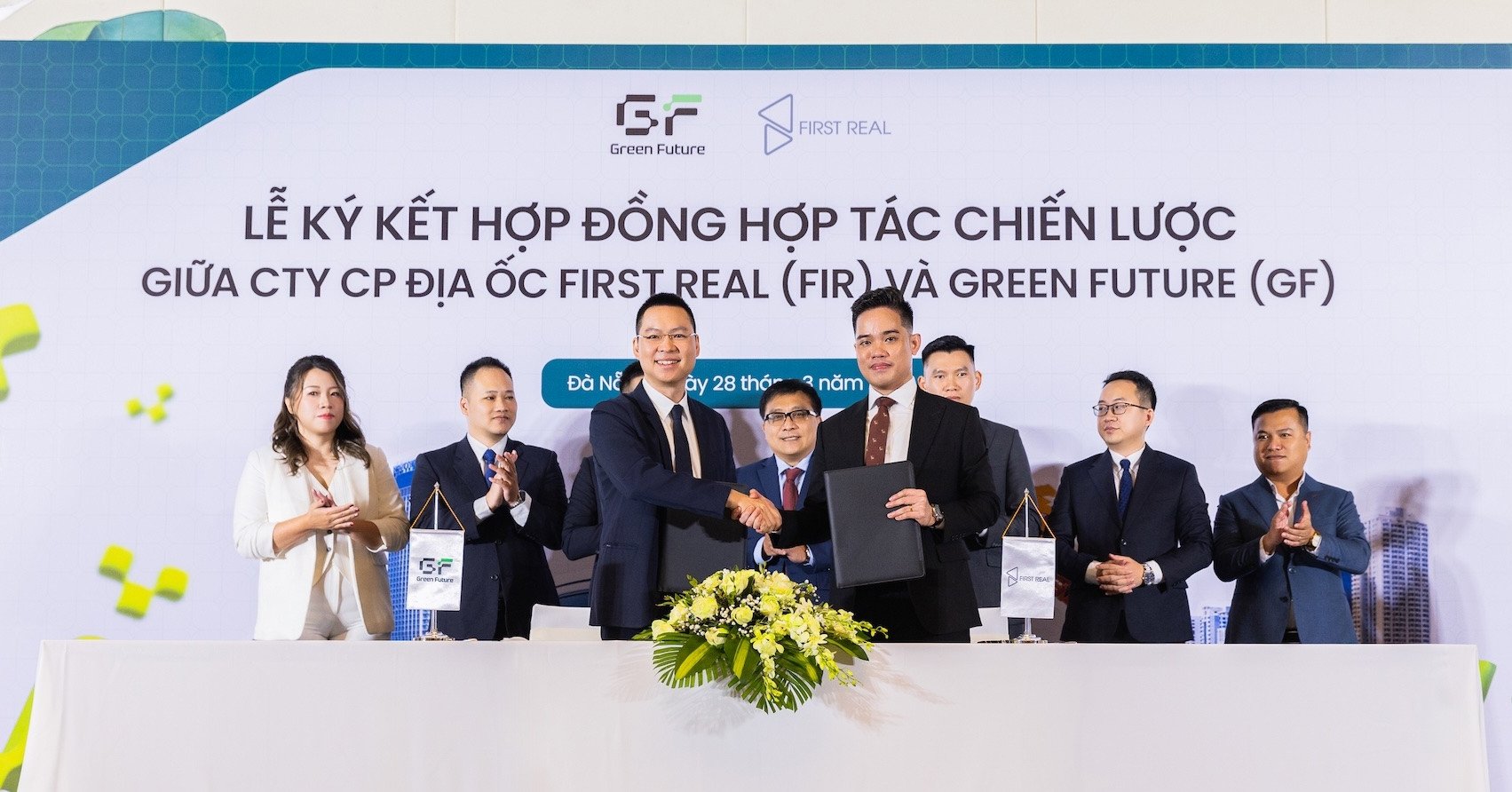

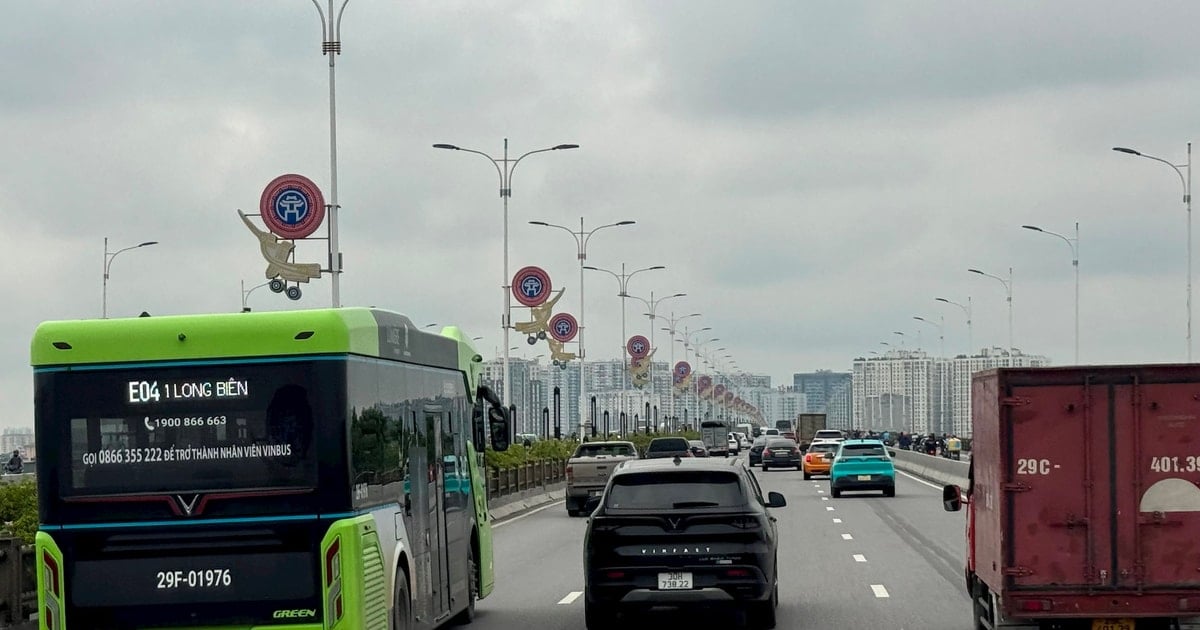








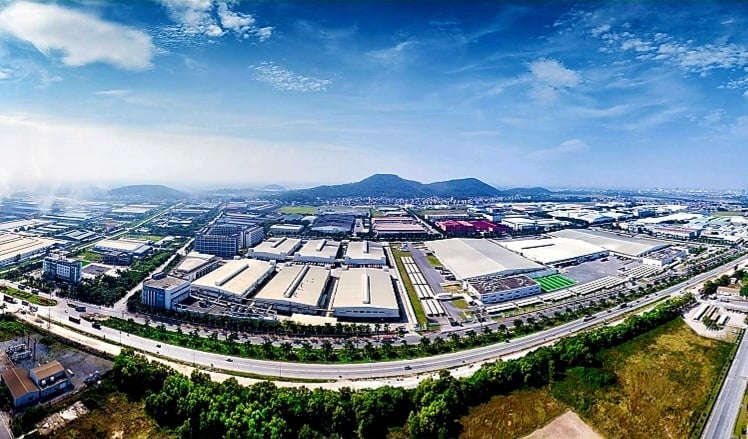







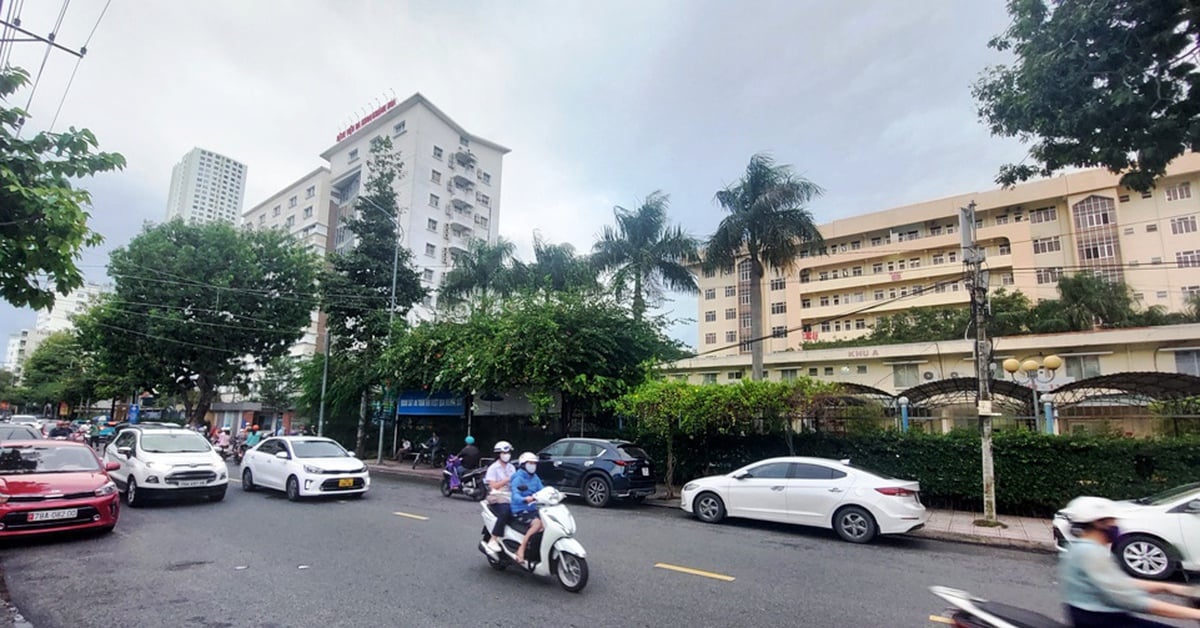







































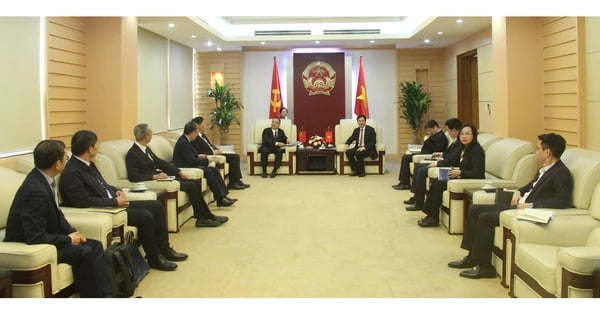





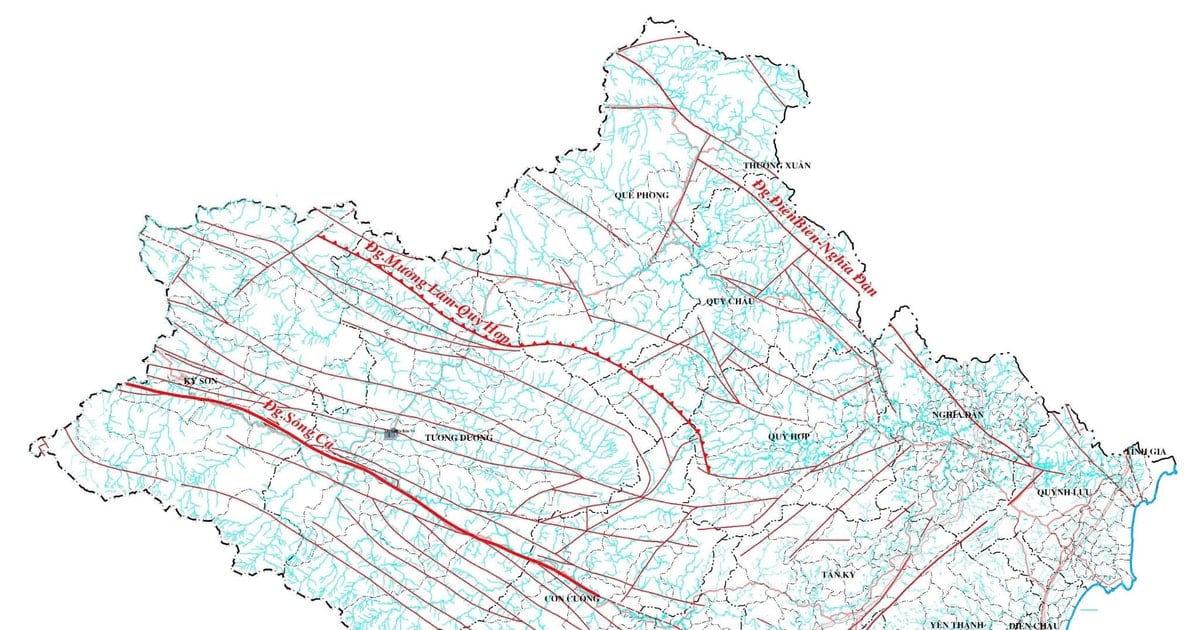


















Comment (0)